Have you ever wondered what life was really like on the sets of your favorite vintage TV shows? These candid shots of the stars of the most beloved programs will bring you back to the good ‘ole days of channel surfing and TV Guide.
The Dick Van Dyke Show
Receiving 15 Emmy awards, The Dick Van Dyke Show is still one of the most renowned “situation comedies” of its time. Starring Dick Van Dyke as young comedy writer Rob Petrie and Mary Tyler Moore as his wife Laura, the show was a mix of slapstick comedy and Van Dyke’s own style of physical comedy.
The show aired on CBS from 1961 to 1966 and was filmed in front of a live studio audience at Desilu Studios – founded by sitcom legends Desi Arnaz and Lucille Ball. What truly set The Dick Van Dyke Show apart was the depiction of a couple coming to terms with real-life issues like raising a child, intimacy, and cultural issues that many viewers didn’t usually see on the small screen.
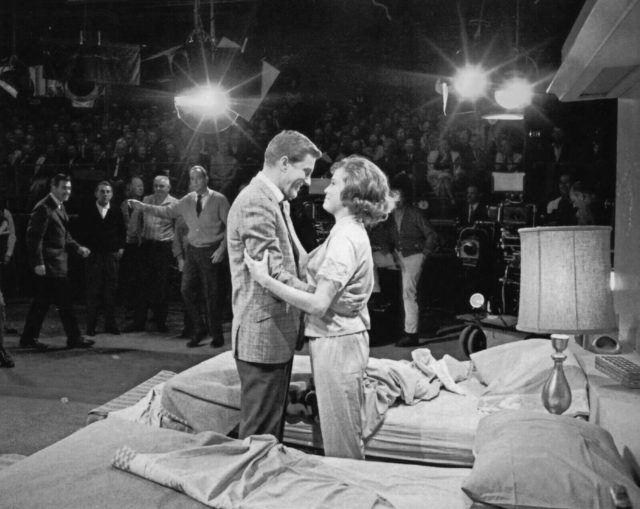
Van Dyke and Moore’s off-screen relationship had just as much chemistry as Rob and Laura Petrie. In a 1999 interview with Larry King, both actors revealed they had crushes on each other, but ultimately their connection was “more of a sibling relationship than anything.” Van Dyke still refers to his time on the show as the “best five years” of his life.
As both Moore and Van Dyke’s careers took off after the show wrapped in 1966, the co-stars continued to support one another. Following Moore’s death in 2017, Van Dyke wrote in The Hollywood Reporter: “Outside of her family, I don’t think there was anyone more proud of her than I was. Just to watch her grow was such a thrill for me. She left an imprint on television comedy.”
Star Trek
When Captain Kirk and the crew of the USS Enterprise first beamed themselves into living rooms in 1966, audiences were wowed by the high-tech, 23rd-century world of “the final frontier.” Since its debut, Star Trek has grown into a massive franchise including 13 films and 11 TV shows – which would have almost never happened after the show’s first season.
The mixed reviews and low ratings would have made CBS cancel the show, but a growing demographic of passionate sci-fi fans convinced the studio to green-light a second season. When one fan heard the cancellation rumors, he wrote to a local paper:
“I am an avid fan of Star Trek, and would simply die if it was taken off the air. In my opinion it is the best show on television. —M.P., Oswego, New York, February 20, 1967”
Star Trek aired for a third season before wrapping up production for good until the crew of the Enterprise returned to the screen again in the 1973 animated series under the same name as the original.

Star Trek has continued to grow a cult-like following of fans (or Trekkies), that have helped the 56-year-old franchise to expand to infinity and beyond! Star Trek‘s newest series, Strange New Worlds, is slated for release on Paramount+ in May 2022.
Gidget
Based on the 1957 novel and subsequent 1959 film of the same name, Gidget was released by ABC in 1965 as a TV show. Starring actress Sally Field, the show centered around a boy-crazy teenage girl and her widowed father. The show was actually one of the first regularly scheduled programs to be offered in color!
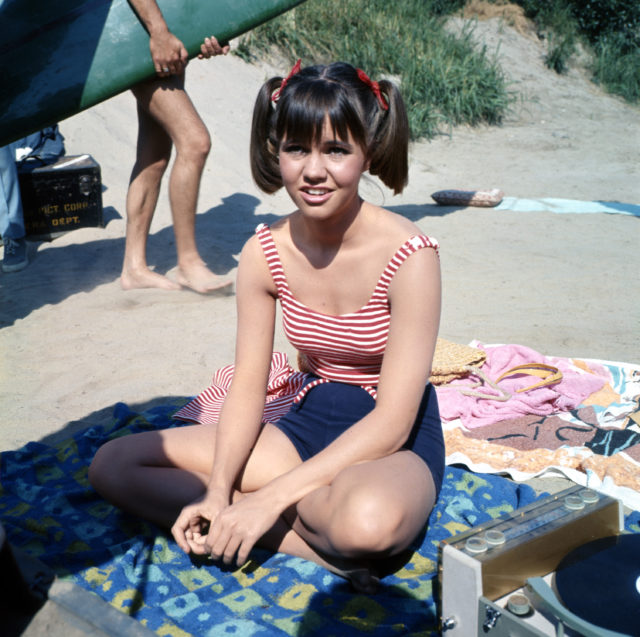
Sally Field shared in her biography Sally Field: In Pieces that she was given the starring role in Gidget over 75 other girls vying for the part. The only problem was Field over-exaggerated her surfing experience – she had never surfed before! Before filming began, she was taught how to “pretend surf” for the cameras. Unfortunately, the show was canceled after its first season due to low ratings.
Field was still able to launch her career with her starring role as Gidget and has since gone on to win two Academy Awards and countless other awards for her work.
Batman
The iconic, spandex-clad crime-fighting duo Batman and Robin made their first TV appearance in 1966. Batman was originally supposed to be an adventure show similar to Adventures of Superman, but when producer William Dozier read the comics he imagined the pop-art-inspired comedy that we know and love today.
Season 1 of the show was a huge success, but ratings began to fall during the third season. Looking to attract new viewers, Batman writers introduced a new female heroine: Bat Girl. Played by Yvonne Craig, Bat Girl was one of the first female superheroes to have an ongoing television role.
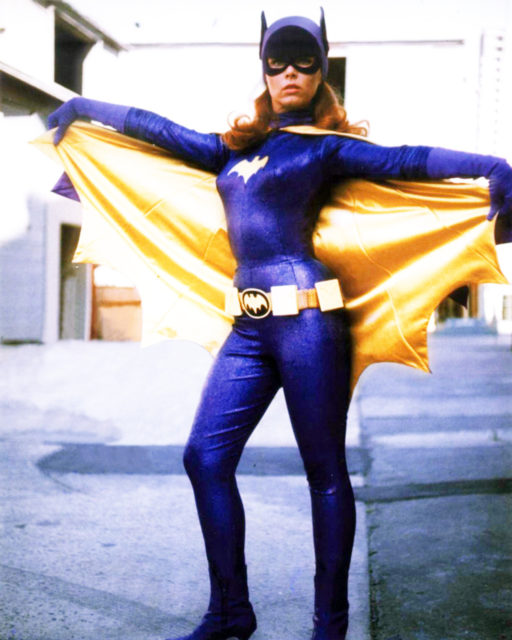
Since its debut in 1966, Batman has spurred a massive franchise for DC Comics. The TV show led to a subsequent Batman film, which has now grown into a cannon of eight movies including the newly released film The Batman starring Robert Pattinson.
Bewitched
The magical life of Samantha Stephens and her meddling family of witches first came to the small screen in 1964. Since its debut, Bewitched is still considered one of the greatest TV shows of all time. The show follows Samantha (played by Elizabeth Montgomery), a beautiful witch who marries a mortal Darrin (played by Dick York and later Dick Sargent).
Bewitched was an instant hit with audiences, finishing its first season as the second-rated show in America. It continued to be popular with audiences throughout its eight seasons.

Bewitched was considered to be ahead of its time as it portrayed women outside of the typical housewife stereotype. While Samantha struggled to fit into the cultural norm of a domestic woman, her mother Endora often echoed other feminists of the time who acknowledged how boring and monotonous housework was.
Dallas
With a whopping 14 seasons, the prime-time soap Dallas is still one of the most popular shows of the late 1970s. Dallas follows the wealthy Ewing family, especially viewer favorite J. R. Ewing – a corrupt oil tycoon. The show garnered high ratings using cliff-hangers, including the most anticipated episode that revealed: “who shot J. R.?”.

The show has a surprising connection to the Cold War, helping to usher in the downfall of the Eastern Bloc in Communist Romania. Romanian president Nicolae Ceauşescu allowed Dallas to air on local TV stations, believing audiences would see the show as anti-capitalist. It actually had the opposite effect, as many viewers began to want the same luxurious lifestyle of the Ewing family. in 1989, Ceauşescu was executed and the pilot episode of Dallas was one of the first shows to be broadcast in newly liberated Romania.
The Twilight Zone
In October of 1959, viewers were transported from their living rooms and into The Twilight Zone, a “fifth dimension” of sci-fi and horror stories that still spook us today. Led by head writer and iconic narrator Rod Serling, the show garnered rave reviews from critics and regular viewers. The anthology series ran for five seasons, and was revived for other original series under the same name in 1985, 2002, and 2019.
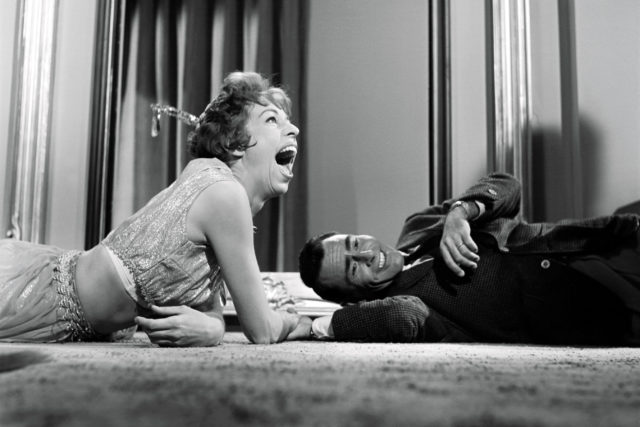
The show’s creator, Rod Serling, struggled throughout the 1950s as a writer for other anthology series, often getting carried away by his writing and forgetting important details. One program sponsored by Ford Motor Company had to edit the Chrysler Building out of the New York City skyline to avoid reminding viewers of competitors.
Serling wanted to explore more controversial topics, and realized that the fantastical world of the science fiction genre could allow for less meddling producers watering down his scripts. Luckily for Serling, his hunch was right – The Twilight Zone cemented his legacy as an innovative screenwriter.
Charlie’s Angels
Lights, camera, angels! The stunning beauties of Charlie’s Angels first burst onto the scene in 1979. Jaclyn Smith, Kate Jackson, and Farrah Fawcett led the crime drama to top ratings as three crime-fighting, high-tech bombshells who worked for the mysterious Charlie Townsend.

While the show received great ratings, it mostly wasn’t related to the acting in the show. Charlie’s Angels was one of many programs known as “Jiggle TV,” which used female bodies to increase ratings. The term comes from actresses in shows like Charlie’s Angels, Wonder Woman, and Three’s Company, who were usually depicted in bikinis and underwear.
Farrah Fawcett herself reflected on the popularity of Charlie’s Angels:
“When the show was number three, I figured it was our acting. When it got to be number one, I decided it could only be because none of us wears a bra.”
I Dream of Jeannie
A 2,000-year-old genie and an astronaut seem like the most unlikely couple, but I Dream of Jeannie takes the quirky concept and spins it into a loveable TV classic. When astronaut Captain Tony Nelson (Larry Hagman) crash-lands his spaceship on a remote island in the Pacific, he finds a strange bottle with an even stranger secret inside – a genie! Jeannie (Barbara Eden), the genie, instantly falls in love with the engaged astronaut. She materializes a helicopter to rescue Tony, her new “master,” then follows him home inside her bottle.

The show was created based on the success of another fantasy sitcom, Bewitched. I Dream of Jeannie ran for five seasons with relatively high ratings, despite a rocky start in 1965. By this time, nearly all television programs were shot in color, but the special visual effects needed for Jeannie’s tricks were too expensive to film in color. The show ran as one of the only black and white programs and was eventually filmed in color for the remaining four seasons.
M*A*S*H
Based on the 1968 novel by the same name, M*A*S*H rose to success as a military sitcom that bordered the line between comedy and drama. The loveable cast of recurring characters and their shenanigans during the Korean War aired for a whopping 11 seasons. The 2 and 1/2 hour-long final episode, “Goodbye, Farewell, and Amen” was the most-watched TV broadcast in American history – holding the record from 1983 until 2010.
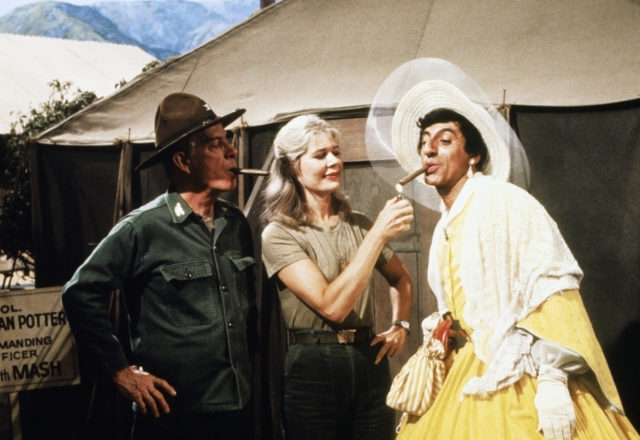
More from us: Ranking the Best Sitcoms of All Time
The exterior shots of the series were filmed at the Century City Ranch in the mountains of California outside Los Angeles, which remained the permanent home of the 4077th Mobile Army Surgical Hospital until it was destroyed by a bushfire in 1982. The writers actually wrote this into the script of the final episode as the hospital catches ablaze following a bombing.
The set was rebuilt and later restored in 2008, which was celebrated by cast members Mike Farrell (B. J. Hunnicutt), Loretta Swit (Margaret “Hot Lips” Houlihan), and William Christopher (Father Mulcahy).
